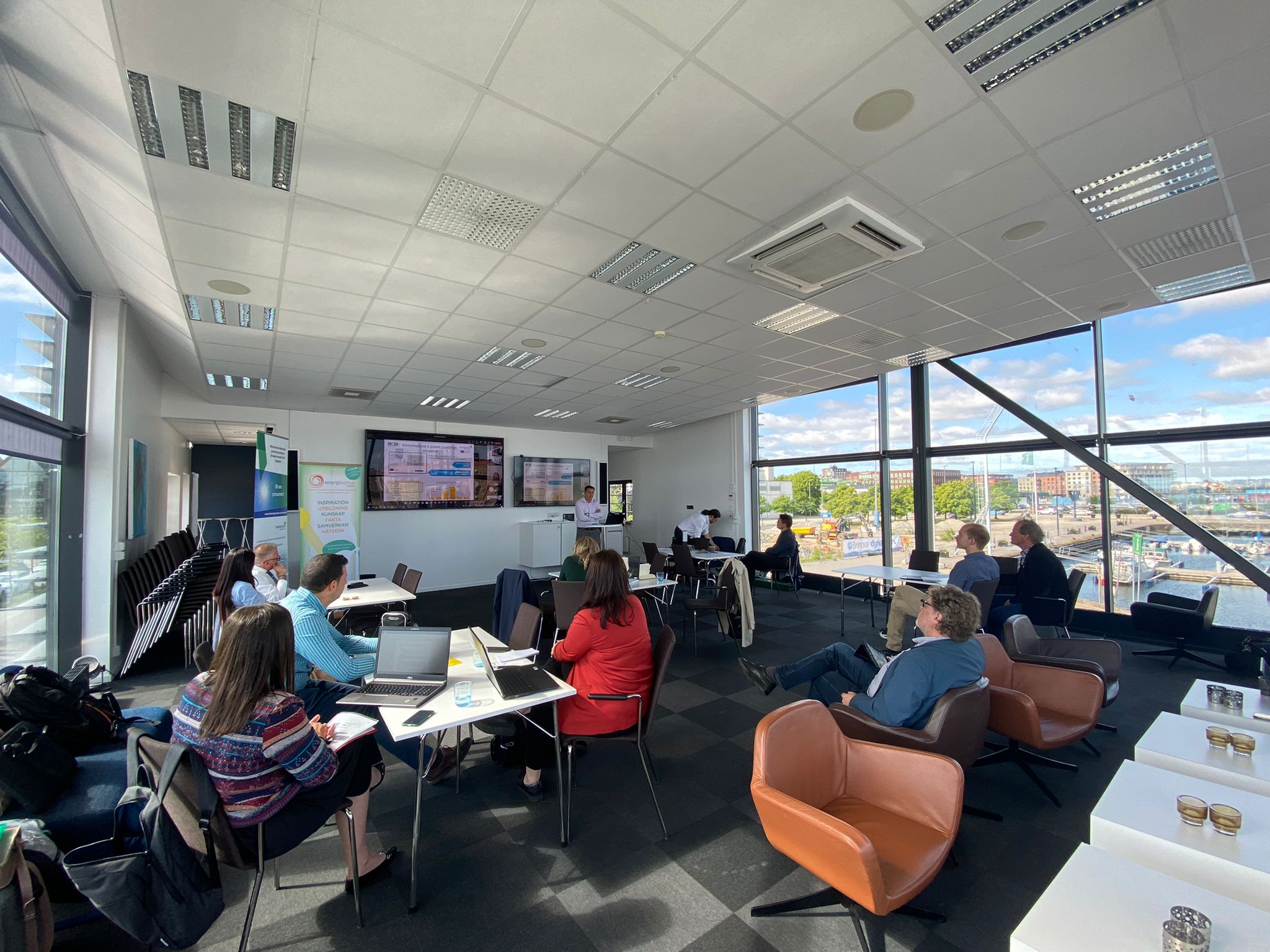
LESSONS LEARNED DURING the 5th Call
As one of the largest sources of energy consumption in Europe, buildings are considered a primary target for energy efficiency measures.
ENERSELVES project, Policy instruments for energy self-consumption in buildings, is led by AGENEX, Extremadura Energy Agency, with the following aims:
ENERSELVES focuses on the integration of RES for self-consumption, but not every RES is cost-effective in every region, so it needs an in depth analysis and a definition of clear KPIs to identify the optimal investments as funds are limited.
ENERSELVES aims to design policies that promote those renewable technologies for self-consumption with higher benefits in each region.
WHAT ARE THE MAIN OUTPUTS?
€1,766,944.00
Low-carbon economy
Up-scaling investments in EE and renewable energy sources for buildings is a major challenge to meet EU targets for 2030, and this is established in most of Regional Strategies of Growth and Jobs (G&J) all over Europe.
Energy Performance of Buildings Directive (EPBD) requires Nearly Zero-Energy Buildings (NZEBs) in 2020 and all new public buildings by 2018. Even so, the integration of renewable energy sources for self-consumption in NZEB buildings remains a challenge for 1/3 of the Member States, which have not included it in their National Directives.
Moreover, the introduction of renewable energy sources for self-consumption in buildings is not considered as cost-optimal energy in every country. Regional authorities have a key role to play in identifying their cost-optimal RES in order to mobilize local stakeholders and creating new policies to support the integration of RES in buildings.
Main features
The operational programme is the basis for the use of the ERDF in the region. 15% of the ERDF was allocated to "Support the transition to a low-carbon economy in all sectors". The PI has a broad approach to the goal to decrease CO2 emissions and the transition to a low-carbon economy. There is one priority for the private sector and one for public sector and both are open to actions within energy efficiency, renewables, logistics etc. The <span class="tev-glossary-highlighted" data-toggle="popover" data-content="Financial tools set up to implement the regional policy of the European Union. They aim to reduce regional disparities in terms of income, wealth and opportunities. There are two Structural Funds: the European Social Fund (ESF) and the European Regional Development Fund (ERDF). The ERDF aims to strengthen economic and social cohesion in the European Union by correcting imbalances between its regions. It promotes among other innovation and research; energy efficiency in small- and medium-sized enterprises, housing and public buildings; production and distribution of renewable energy; low-carbon strategies for urban areas. European Territorial Cooperation (ETC) is also supported by ERDF. The ESF focuses on improving employment and education opportunities across the European Union. It also aims to improve the situation of the most vulnerable people at risk of poverty. It supports among other the reform of education and training systems, adaptation of skills and qualifications, up-skilling of the labour force, and the creation of new jobs.
Structural Funds are governed by a single set of rules covering all 5 European Structural and Investment Funds (ESIF):
• European Regional Development Fund (ERDF)
• European Social Fund (ESF)
• Cohesion Fund (CF)
• European Agricultural Fund for Rural Development (EAFRD)
• European Maritime & Fisheries Fund (EMFF)" title="" data-original-title="Structural Funds">Structural Funds programme covers 2 regions, Blekinge and Skåne and there is no joint regional public body at this level.
Specific objectives of the Priority 3 Sustainable growth – low-carbon economy:
Reasons why it should be improved
There is a risk that the impact of the fund will be small if there is a little of everything funded. More focus on critical areas and areas with large potential could be more efficient in order to achieve Groth and Jobs with the SFs implemented.
The definition of Strategies with criterion and indicators to identify best value-for-money RES self-generation and self-consumption in buildings would be a way to improve the policy.
Main features
Within axis 3, PI 4.c promotes energy efficiency with intelligent power management and the use of renewable energy sources in public infrastructures, including public buildings and housing sector.
Priority 4.c plan to improve EE and RES in buildings. The projects are important not only to reduce primary and final energy demand but also have a significant impact on improving the environment by reducing CO2 emissions to the air. In recent years, energy prices have risen, prompting its members to seek savings. It is therefore necessary to introduce energy-saving solutions.
Reasons why it should be improved
The programme needs improving, as the funding sometimes does not reach the expected impacts, even if all the funds are allocated, and do not contribute to real economy growth. There is a need to reach a wider group of local stakeholders, so a well-planned analysis and strategy is established to optimize the funds allocated for RES in buildings.
On the other hand, the lack of concrete measures and direct policies in the field of energy self-consumption in buildings, makes the review necessary. Introduction of new policy instruments in the area of renewable energy self-generation and self-consumption in buildings would be a way to improve the policy.
ENERSELVES project could help to produce policy instruments dealing with the existing lack of concrete policies for the integration of RES for self-consumption in buildings.
Main features
EcoGozo Action Plan is a National SF that proposes a set of measures to steer the Island of Gozo in a more sustainable direction and transit towards a low-carbon economy. It develops within the Axis 4 – Mitigation and Adaptation to Climate Change.
The plan encompasses a wide range of energy-related issues and proposes actions specifically aimed at improving energy efficiency in buildings and the exploitation of RES, thus reducing the pressure on the environment.
The approach of the strategy is focused on the implementation of measures and funded projects with the aim to effectively tackle and manage all the sensible topics, including: green energy sources, energy efficiency measures, sustainable management of water, waste and natural resources, sustainable transport, etc.
Reasons to improve
To increase the Operational Programmes results the policy needs to be improved in the following aspects:
The policy instrument addressed by the project is the priority of AXIS 4 aiming at supporting energy efficiency, intelligent energy management and the use of renewable energy in public infrastructures, including public buildings, and in the housing sector.
Though this priority represents an innovative tool for Lazio, it does not fully match the requirements of the Energy Performance of Buildings Directive (EPBD) 2010/31/EU, which demands that the Member States take measures so that all new buildings will be Nearly Zero-Energy Buildings (NZEBs) in 2020 and all the new public buildings by 2018. The energy self-consumption through the integration of RES is necessary to achieve NZEB, as very low amount of energy consumed in NZEBs should be covered to a very significant extent by energy from renewable sources. The methodology to calculate cost-optimal energy performance requirements for buildings (EPBD) produces different solutions per country due to difference of resources, prices and other market barriers.
Why it should be improved?
The Lazio region is still missing a policy capable to identify and stimulate in the territory the adequate use of RES in buildings as share for the self-consumption. The Enerselves project may help to produce policy instruments dealing with the existing regional barriers in Lazio for the integration of RES for self-consumption in buildings, by providing aids based on SF, which can support the technologies in order to be cost-optimal.
Main features
3.1 IP will finance investments in EE of public buildings owned and occupied both the local and central authorities, residential housing, the public lighting systems. Under the provisions of Directive 2012/27 / EU on energy efficiency, Romania has the obligation to annually renovate 3% of the surfaces held or occupied by the central authorities.
In this context, policy instruments and investments promoted under this priority will contribute to the annual renovation target of Romania fulfil the obligations deriving from national EU Directive on energy efficiency.
Why it should be improved?
This IP will support transition to a low-carbon economy through EE measures for public buildings aimed at energy deep retrofitting (deep renovation) including insulation, rehabilitation and upgrading heating systems and networks and installations (including RES integration), lighting and energy management system of the building (typical measures on EE).
Public and residential building has the biggest energy consumption (84%) in total building energy consumption in Romania. Measures to improve this intervention instrument would generate high leverage on energy sustainable consumption.
Even if the actions lines are clear, the necessities are higher than the available SFs funding, so an identification of the best RES technologies or best economic instruments to promote RES self-consumption will be the way to increase the impacts of the ROP.
Main features
The programme aims, through the 4.3.1 action, to create a system of smart grids in order to ensure security and stability in the regional energy's sector, while further diversifying the energy mix and decreasing harmful greenhouse emissions.
The action 4.3.1. is synergic with R.O.P. ERDF actions 4.1.1. and 4.1.2 in promoting eco-efficiency and in the reduction of primary energy consumption in buildings and public facilities. The 4.3.1. action is also connected with the new Regional Energy Plan: GO 1 “Transforming the Sardinian energy system towards an integrated intelligent configuration (Sardinian Smart Energy System)” and GO 3 “Increasing efficiency and energy savings”. (See below for the link with RIS3).
Why it should be improved?
The main area of improvement is the empowerment of public authorities in designing, planning, financing and managing sustainable policies and measures for implementing new policy tools in the areas of energy self-consumption in buildings with the aim of achieving in the bigger of ZEB or nearly ZEB. Sardinia does not have a policy capable of identifying and stimulating in the territory the adequate use of RES in buildings as share for the self-consumption.
The ENERSELVES project could help Sardinia identifying and adopting policy instruments dealing with the existing barriers for the integration of RES for self-consumption in buildings.
Main features
Investment priorities PI.4.1. and PI.4.3. includes 2 OE related to ENERSELVES:
These PIs presents several axes of intervention included in the OP in relation to ENERSELVES:
Reasons why it should be improved
Actions described in the OE 4.1.2 and OE 4.3.1 focus on the integration of EE and RES technologies in buildings.
This approach is classic and effective, but limited due to the high cost of investment of such technology, which quickly consumes the ERDF. The quick consumption of ERDF is especially recurrent in Extremadura, where due to the low level of efficient technology (less developed region) and high subsidy rates, OP cannot cover the market request.
OP needs to be improved identifying those technologies that are more cost-effective for RES for self-consumption of buildings. In the OP, the description of the funding activities has to focus on those RES that can provide higher growth in terms of economy and employment. The way would be to provide a strategic analysis and modify the funding lines of PI.4.1. and PI.4.3 accordingly.

As one of the largest sources of energy consumption in Europe, buildings are considered a primary target for energy efficiency measures.
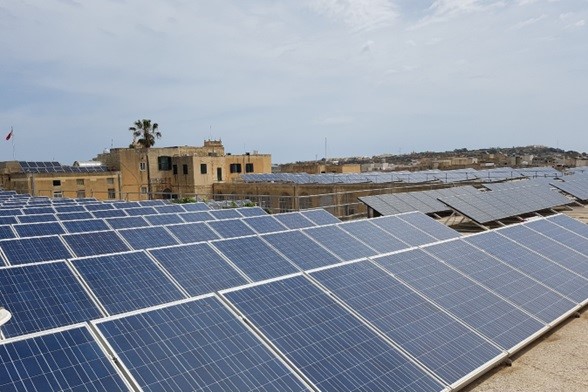
The last semester of the ENERSELVES project was packed with activities for MIEMA which revolved around stakeholder engagement and promotion of lessons learnt.
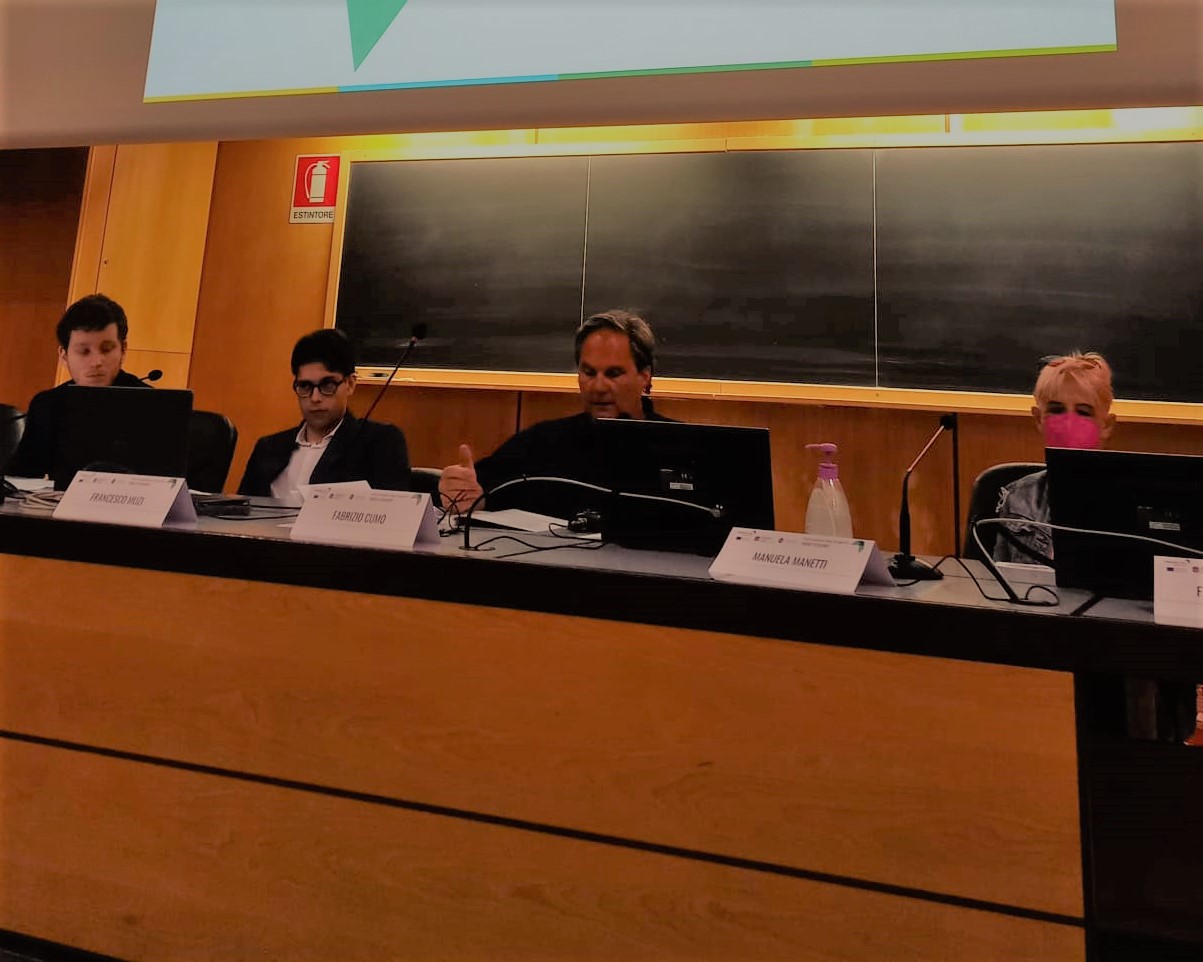
On July 18, 2022, the Lazio Region organized the dissemination event called "Energy efficiency of public residential buildings"
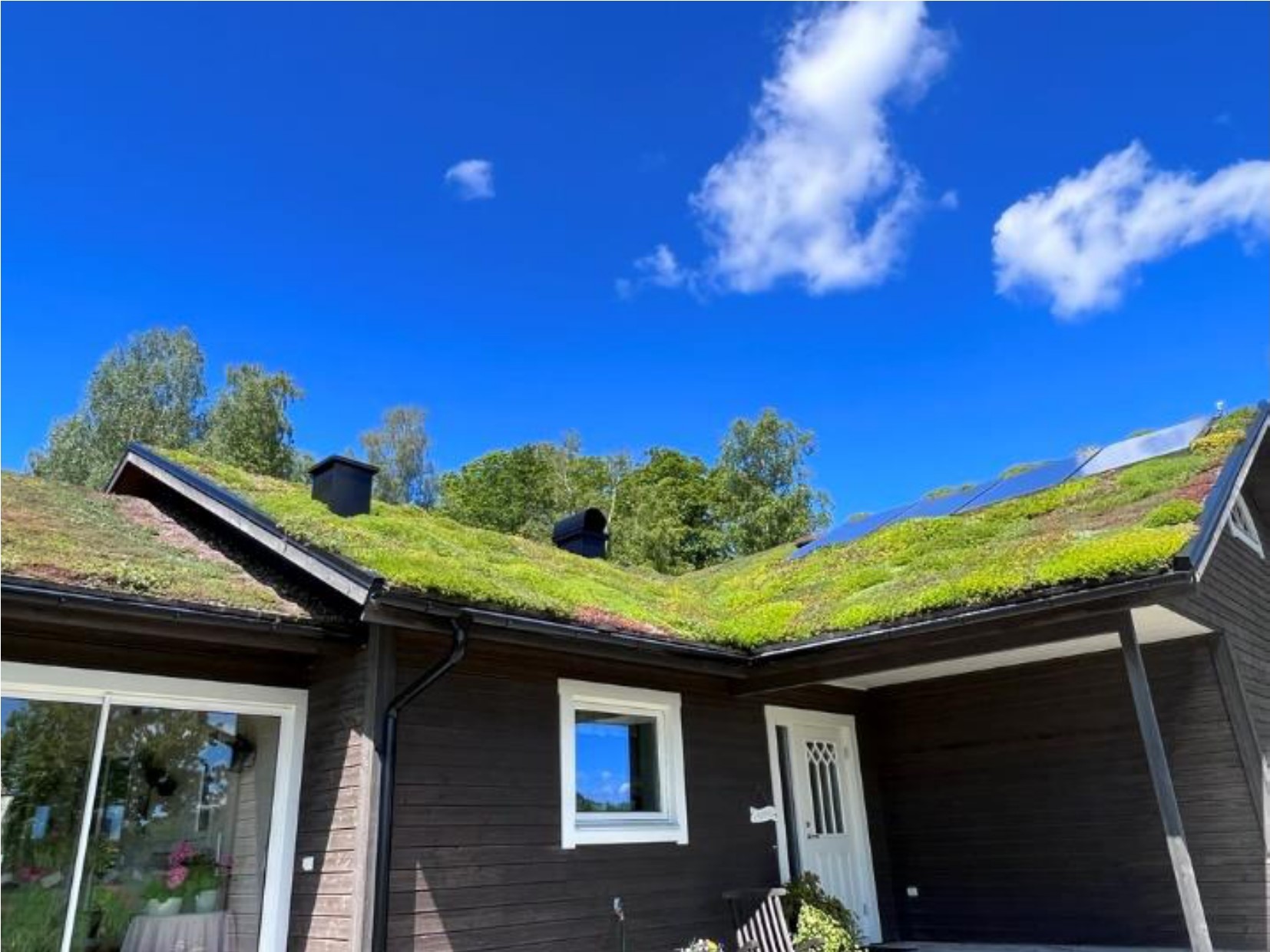
Between the 28th of May – 5th of June, public visitors in the southeast region had the opportunity to visit various solar cell installations.
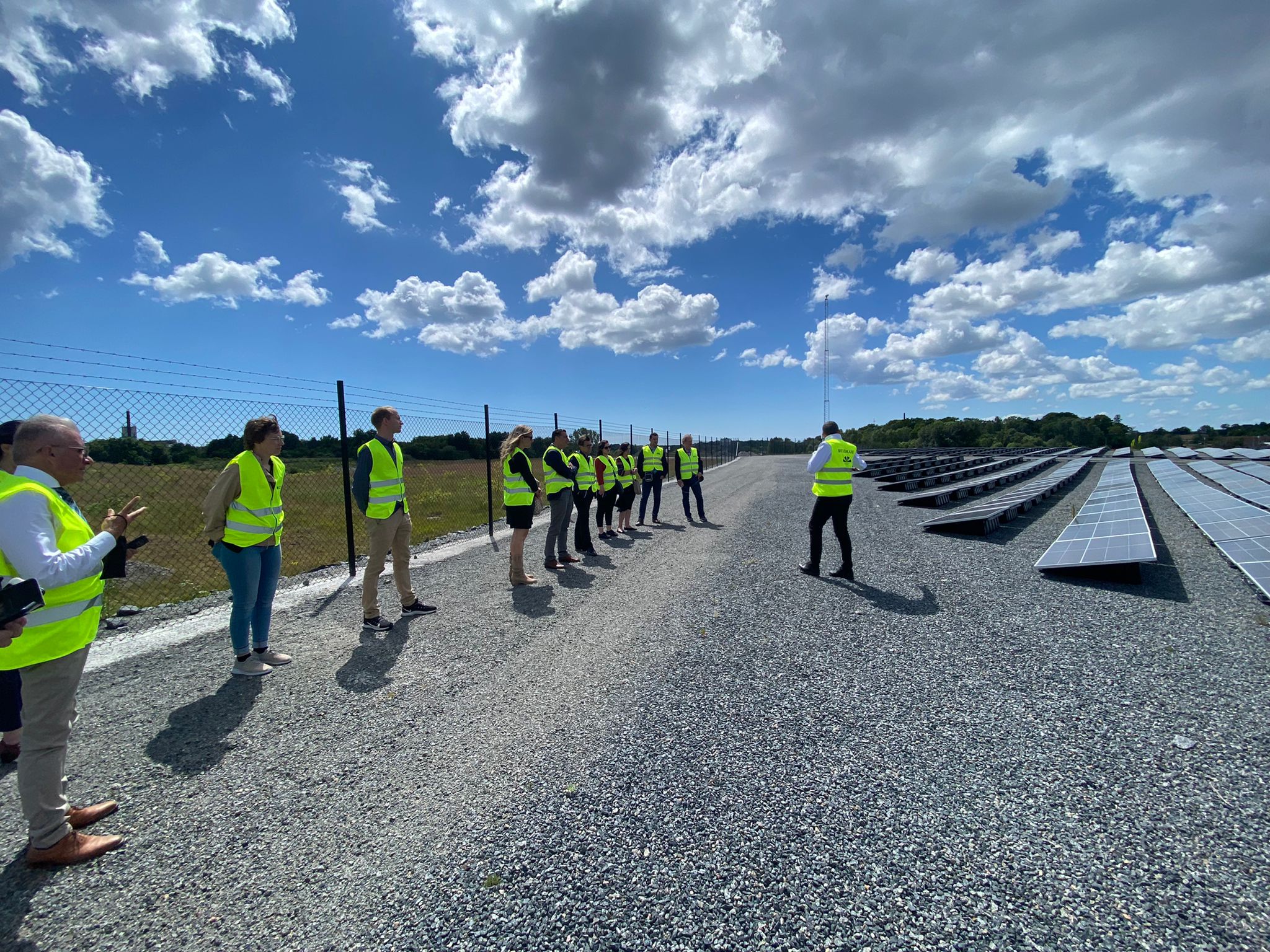
On September 1, 2021, the one-year extension for the ENERSELVES project began, whose main objective has been to analyze and study the influence of COVID-19.
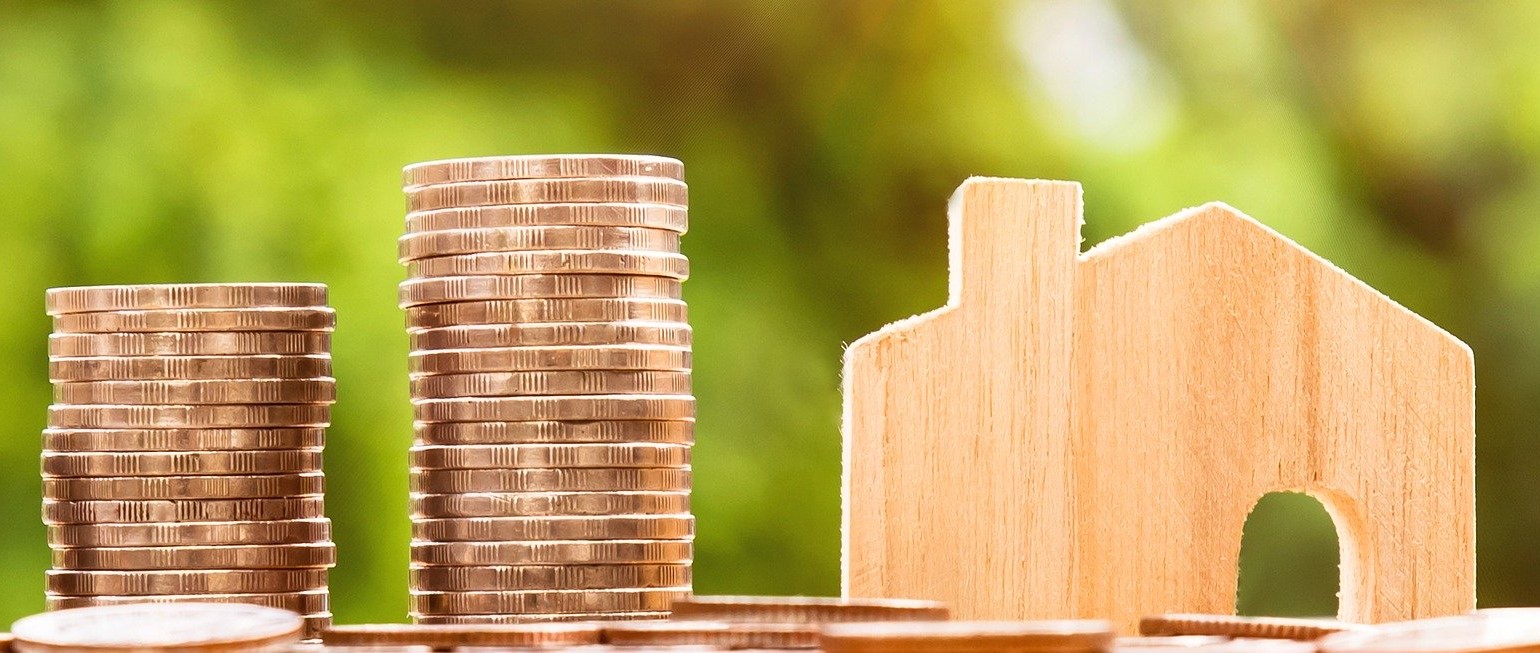
This measure will introduce a cap on the price of the electricity generated using natural gas in the Iberian daily energy auctions.
Energy communities are slowly popping up in Extremadura, helping to spread energy self-consumption among its citizens.

During this period, the North-East Regional Development Agency focused on an event for stimulation and awareness of stakeholders group in the North-East Region.
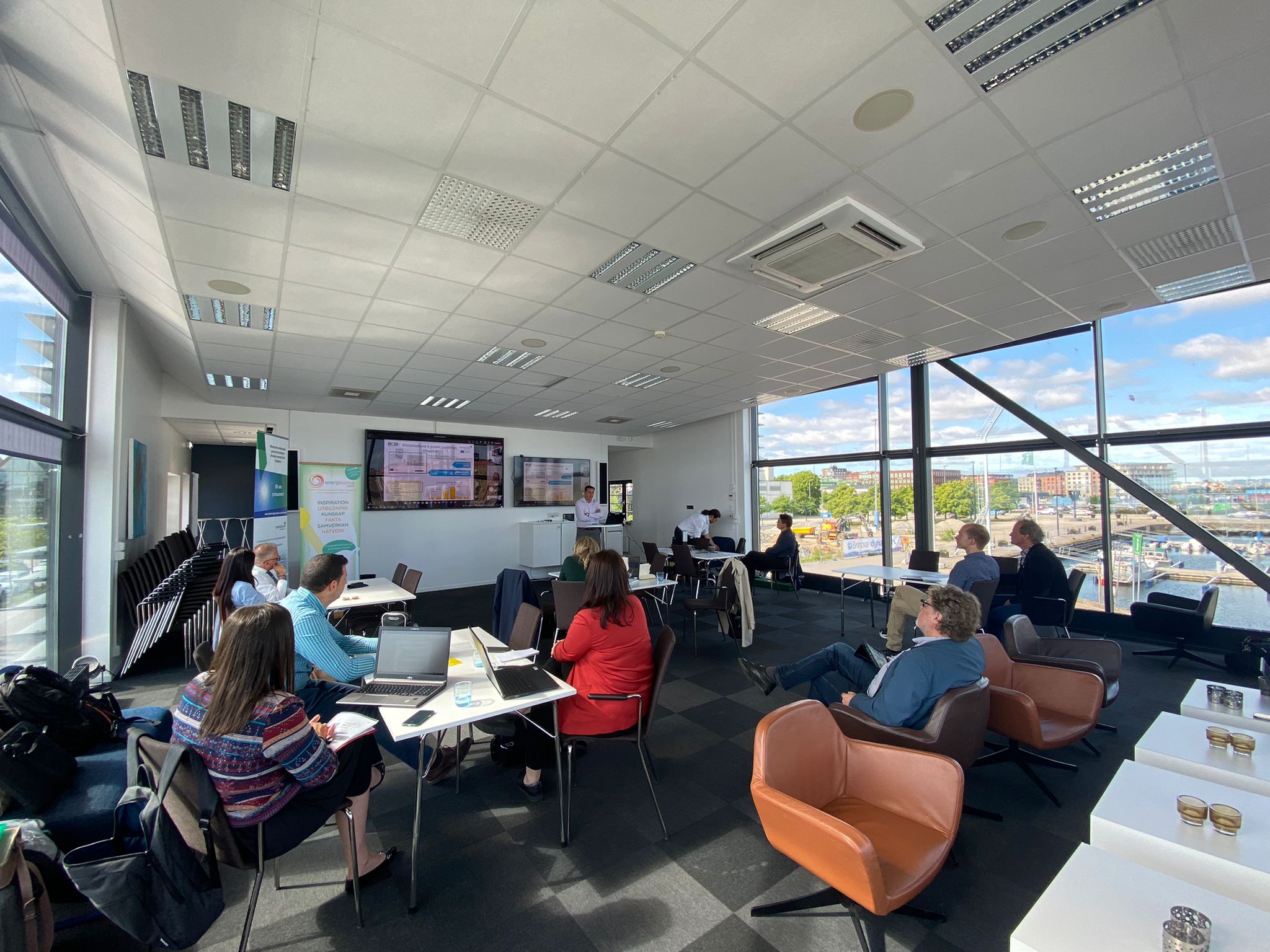
On June 14th 2022 ENERSELVES' final conference was held in Karlskrona. The conference was arranged by Energikontor Sydost within the ENERSELVES project.
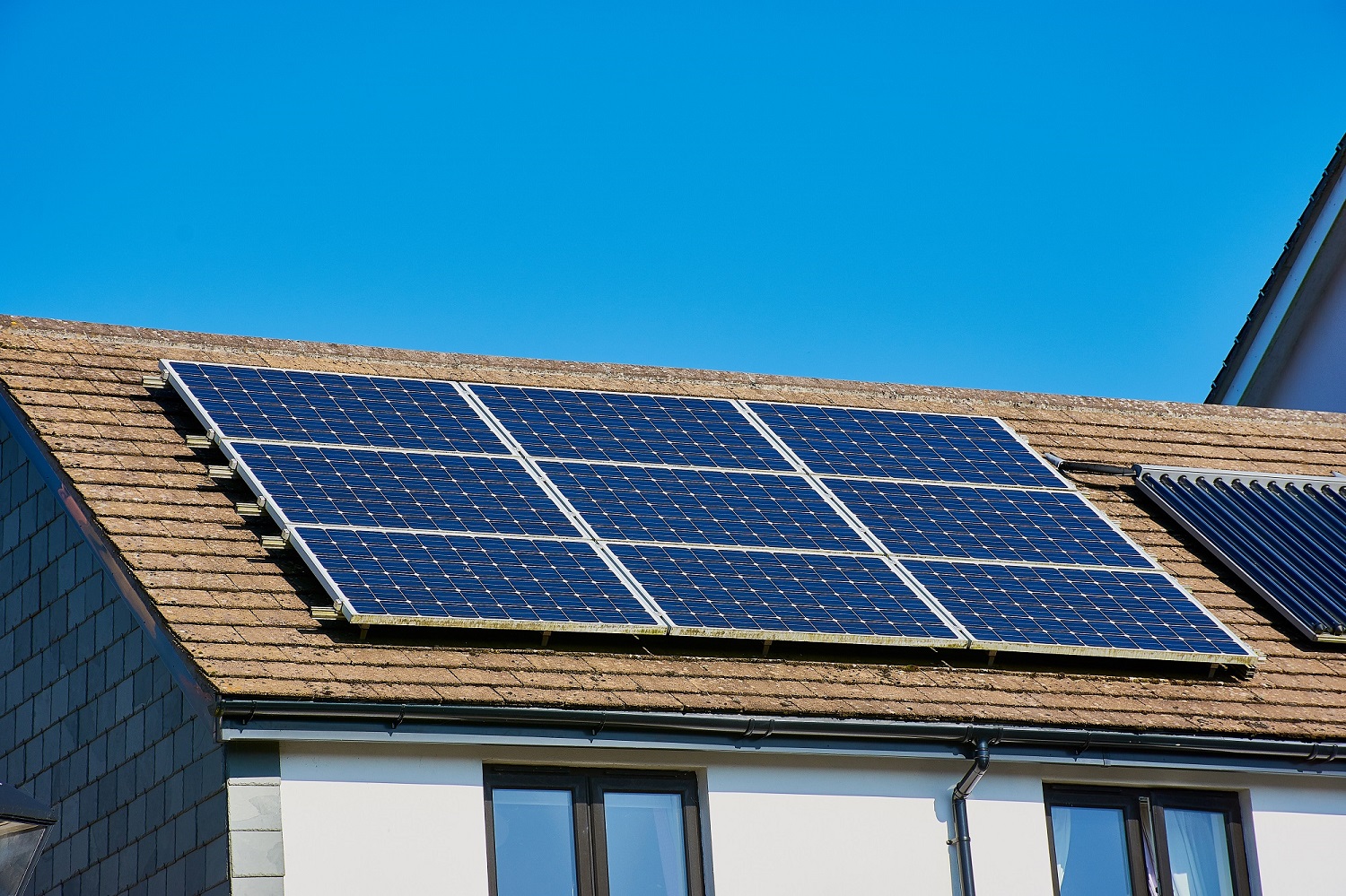
In 2021, installations for self-consumption have grown 85% compared to the previous year, and the residential sector accounts for 22% of this total.